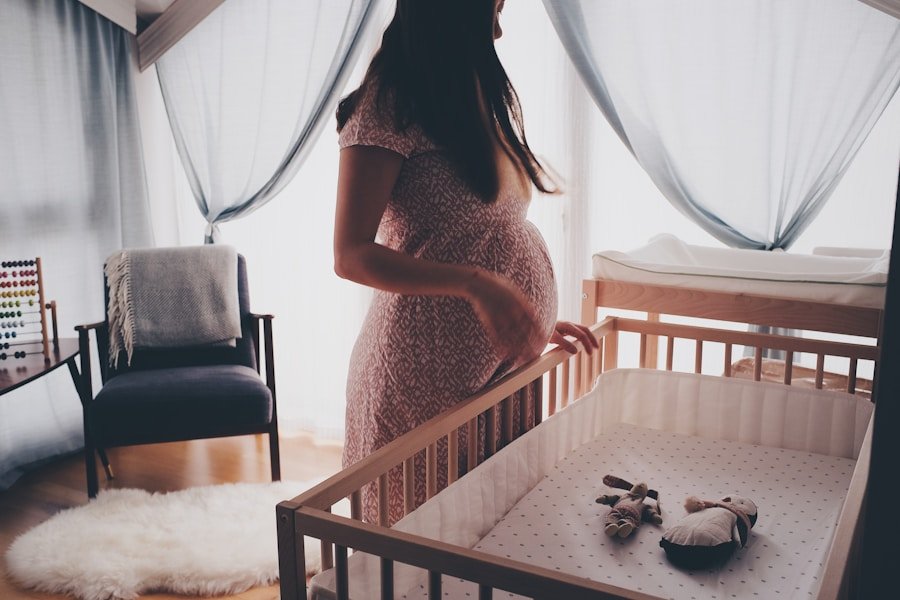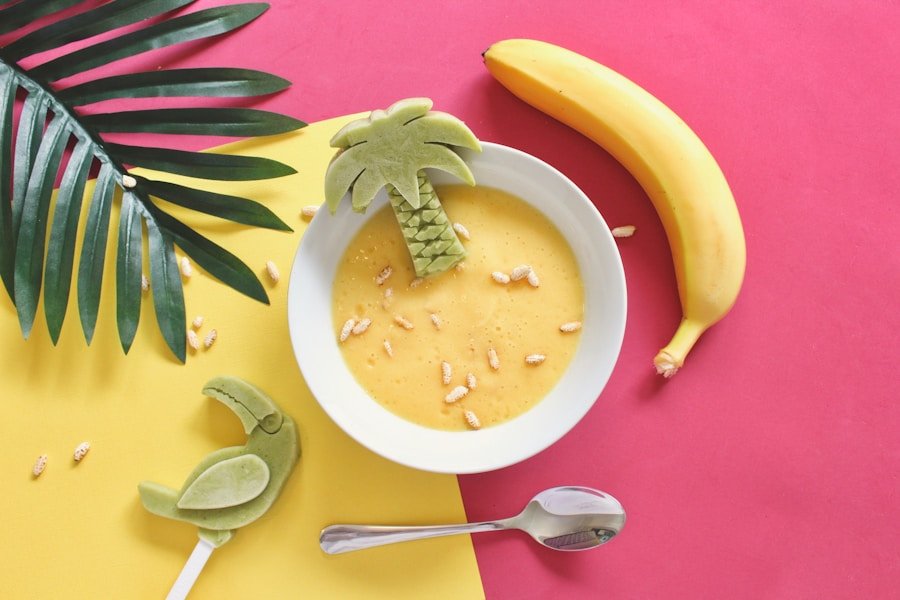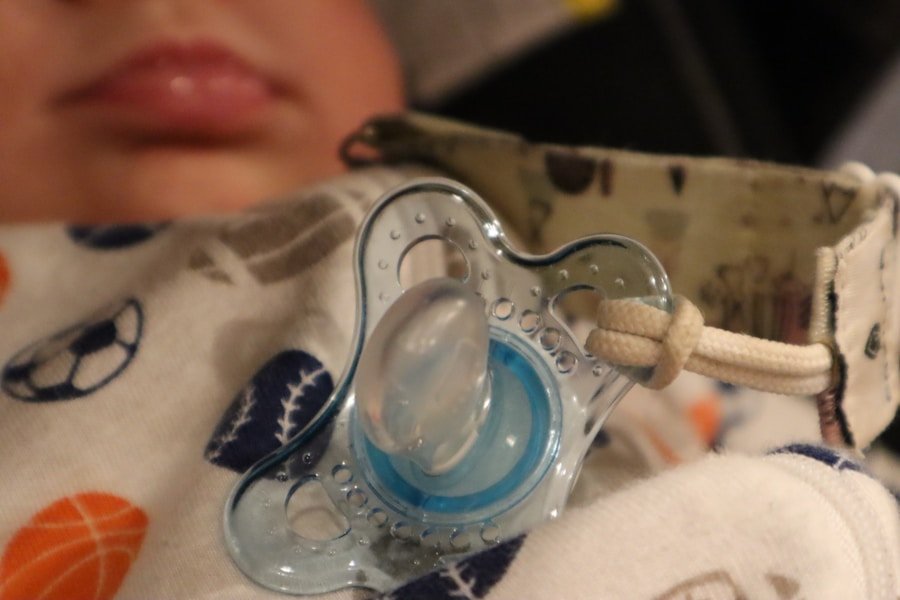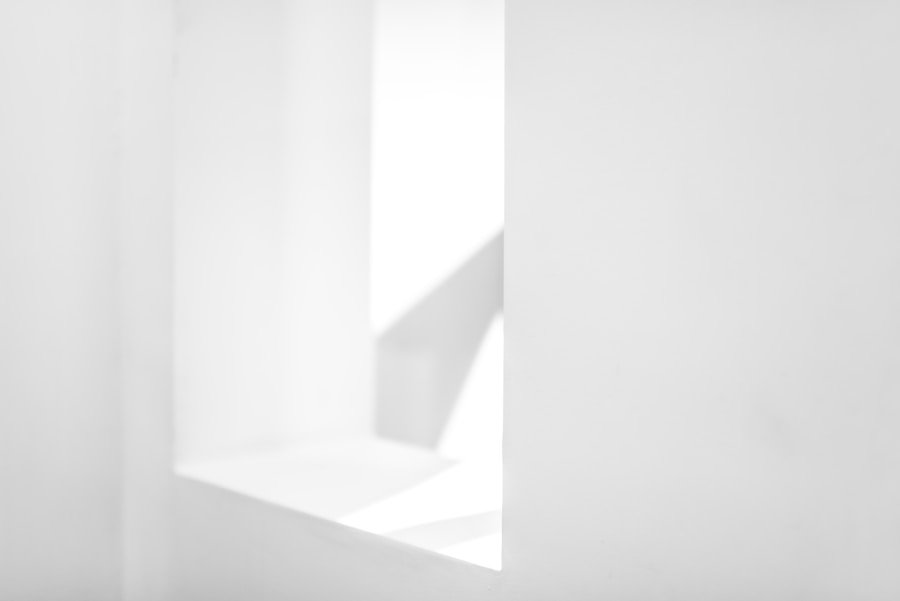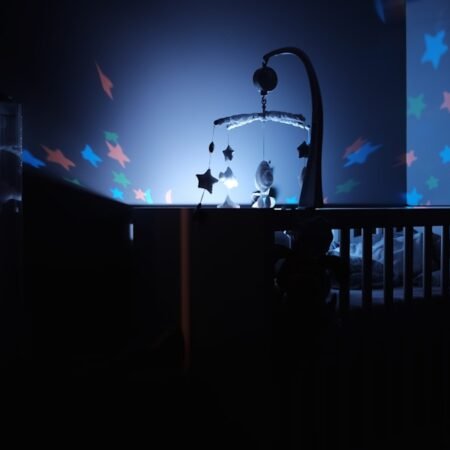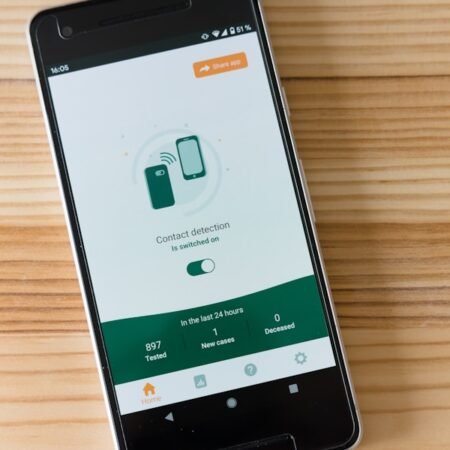When it comes to your baby’s health and comfort, a humidifier can be a valuable tool. Humidifiers work by adding moisture to the air, which can help alleviate dry skin, chapped lips, and irritated nasal passages. For babies, who are more susceptible to respiratory infections and allergies, a humidifier can provide relief from congestion and coughing. Additionally, using a humidifier in your baby’s nursery can create a more comfortable environment for sleeping, as the added moisture can help prevent dryness and irritation in the throat and nasal passages. Overall, a humidifier can help maintain a healthy level of humidity in the air, which is essential for your baby’s well-being.
In addition to the physical benefits, using a humidifier in your baby’s nursery can also provide a soothing and calming atmosphere. The gentle sound of the humidifier can act as white noise, which can help your baby relax and fall asleep more easily. The added moisture in the air can also create a more comfortable environment for your baby, which can lead to better sleep quality. Ultimately, using a humidifier for your baby can contribute to their overall health and well-being, making it an essential addition to their nursery.
Key Takeaways
- Always use distilled or demineralized water in your baby’s humidifier to prevent mineral buildup and bacteria growth
- Using a humidifier can help relieve your baby’s congestion, dry skin, and irritated nasal passages
- Consider factors like room size, noise level, and maintenance requirements when choosing a humidifier for your baby
- Clean your baby’s humidifier regularly to prevent mold and bacteria growth, and replace filters as recommended by the manufacturer
- Keep an eye on the humidity levels in your baby’s nursery and aim for a comfortable range between 30-50% to promote better sleep and overall health
Choosing the Right Type of Humidifier for Your Baby’s Needs
When it comes to choosing a humidifier for your baby, there are several different types to consider. The most common types of humidifiers include cool mist, warm mist, ultrasonic, and evaporative humidifiers. Cool mist humidifiers are often recommended for use in nurseries, as they do not involve heating water and are generally safer for use around children. Warm mist humidifiers, on the other hand, use a heating element to boil water and release warm steam into the air. While warm mist humidifiers can be effective in adding moisture to the air, they may not be the best choice for a baby’s nursery due to the risk of burns from hot steam.
Ultrasonic humidifiers use ultrasonic vibrations to create a fine mist of water that is released into the air. These types of humidifiers are generally quiet and energy-efficient, making them a popular choice for nurseries. Evaporative humidifiers work by blowing air through a wet wick or filter, which helps evaporate water into the air. These types of humidifiers are also relatively quiet and can be a good option for use in a baby’s nursery. When choosing a humidifier for your baby, it’s important to consider factors such as safety, ease of use, and maintenance requirements to ensure that you select the right type for your baby’s needs.
Setting Up and Maintaining a Safe and Clean Humidifier Environment
Once you have chosen the right type of humidifier for your baby’s nursery, it’s important to set it up and maintain a safe and clean environment. Before using the humidifier for the first time, be sure to read the manufacturer’s instructions carefully to ensure that you understand how to properly set it up and operate it. It’s important to place the humidifier on a flat, stable surface away from the reach of your baby to prevent any accidents or spills. Additionally, be sure to fill the humidifier with clean, distilled water to prevent the buildup of mineral deposits and bacteria in the water tank.
To maintain a clean and safe environment for your baby, it’s important to regularly clean and disinfect the humidifier according to the manufacturer’s instructions. This may involve emptying and cleaning the water tank, replacing any filters or wicks, and disinfecting any parts that come into contact with water. Regular maintenance will help prevent the growth of mold and bacteria in the humidifier, which can be harmful to your baby’s health. By taking the time to set up and maintain a safe and clean humidifier environment, you can ensure that your baby is breathing in clean, moist air that promotes their health and well-being.
Monitoring Humidity Levels for Optimal Baby Comfort and Health
| Humidifier Usage Tips | Benefits |
|---|---|
| Place the humidifier at a safe distance from the baby’s crib | Helps to relieve dry skin and nasal congestion |
| Use distilled or demineralized water to prevent mineral buildup | Improves air quality in the baby’s room |
| Clean the humidifier regularly to prevent mold and bacteria growth | Can help with better sleep and breathing for the baby |
| Monitor humidity levels and adjust the settings as needed | Reduces the risk of respiratory infections |
Once you have set up your baby’s humidifier, it’s important to monitor the humidity levels in their nursery to ensure that they are at an optimal level for your baby’s comfort and health. The ideal humidity level for a baby’s nursery is between 30-50%, as this range can help prevent dryness and irritation in the throat and nasal passages. To monitor humidity levels, you can use a hygrometer, which is a device that measures the amount of moisture in the air. Hygrometers are relatively inexpensive and can be placed in your baby’s nursery to provide real-time readings of humidity levels.
In addition to using a hygrometer, you can also monitor humidity levels by paying attention to signs of dry air in your baby’s nursery. If you notice that your baby has dry skin, chapped lips, or is experiencing congestion or coughing, it may be an indication that the humidity levels are too low. On the other hand, if you notice condensation on windows or dampness in the air, it may be a sign that the humidity levels are too high. By monitoring humidity levels in your baby’s nursery, you can make adjustments to the settings on the humidifier as needed to ensure that your baby is breathing in air that is at an optimal level of moisture for their comfort and health.
Using Essential Oils and Medications Safely with a Baby Humidifier
Many parents are interested in using essential oils or medications with their baby’s humidifier to provide additional relief from congestion or promote relaxation. While essential oils can offer therapeutic benefits when used safely and appropriately, it’s important to exercise caution when using them with a baby humidifier. Not all essential oils are safe for use around babies, as some oils can be too strong or irritating for their delicate respiratory systems. Before using essential oils with your baby’s humidifier, be sure to research which oils are safe for use around babies and dilute them appropriately with water before adding them to the humidifier.
In addition to essential oils, some parents may consider using medications such as saline solutions or vapor rubs with their baby’s humidifier to help alleviate congestion or coughing. Before using any medications with a baby humidifier, it’s important to consult with your pediatrician to ensure that they are safe and appropriate for your baby’s age and health condition. It’s also important to follow the manufacturer’s instructions for using medications with the humidifier to ensure that they are being used safely and effectively. By using essential oils and medications safely with your baby’s humidifier, you can provide additional relief from congestion or promote relaxation without compromising your baby’s health.
Safety Precautions and Tips for Using a Humidifier in Your Baby’s Nursery
When using a humidifier in your baby’s nursery, it’s important to take certain safety precautions to ensure that it is being used safely and effectively. To prevent accidents or spills, be sure to place the humidifier on a flat, stable surface away from the reach of your baby. Additionally, be sure to keep cords and electrical outlets out of reach to prevent any potential hazards. It’s also important to regularly check the humidifier for any signs of damage or wear and tear to ensure that it is functioning properly.
In addition to safety precautions, there are also several tips for using a humidifier in your baby’s nursery effectively. For example, it’s important to change the water in the humidifier regularly to prevent the growth of mold and bacteria. It’s also important to clean and disinfect the humidifier according to the manufacturer’s instructions to maintain a clean and safe environment for your baby. By taking these safety precautions and tips into consideration, you can ensure that your baby is breathing in clean, moist air that promotes their health and well-being.
Troubleshooting Common Issues and Concerns When Using a Humidifier for Your Baby
While using a humidifier in your baby’s nursery can provide numerous benefits, there may be some common issues or concerns that arise when using one. For example, some parents may notice that their baby’s room feels too damp or muggy when using a humidifier. In this case, it may be necessary to reduce the settings on the humidifier or use it for shorter periods of time to prevent excessive moisture in the air. On the other hand, if you notice that your baby’s room still feels dry despite using a humidifier, it may be necessary to increase the settings on the humidifier or use it for longer periods of time.
Another common concern when using a humidifier for your baby is the presence of white dust on surfaces in their nursery. This white dust is often caused by mineral deposits in the water used in the humidifier and can be easily prevented by using distilled water instead of tap water. Additionally, using a demineralization cartridge or filter in the humidifier can help reduce the amount of white dust that is released into the air. By troubleshooting these common issues and concerns when using a humidifier for your baby, you can ensure that it is being used safely and effectively to promote their health and well-being.
In conclusion, using a humidifier in your baby’s nursery can provide numerous benefits for their health and comfort when used safely and effectively. By understanding the benefits of using a humidifier for your baby, choosing the right type of humidifier for their needs, setting up and maintaining a safe and clean environment, monitoring humidity levels, using essential oils and medications safely, taking safety precautions and tips into consideration, as well as troubleshooting common issues and concerns when using a humidifier for your baby, you can ensure that they are breathing in clean, moist air that promotes their overall well-being. With proper care and attention, a humidifier can be an essential addition to your baby’s nursery that contributes to their health and comfort.
FAQs
What is a humidifier?
A humidifier is a device that adds moisture to the air in a room to increase humidity levels.
Why would I use a humidifier for my baby?
Using a humidifier can help alleviate dry air in your baby’s room, which can be caused by heating systems or dry climates. It can also help with congestion and dry skin.
How do I use a humidifier safely for my baby?
To use a humidifier safely for your baby, it’s important to clean and maintain the device regularly to prevent the growth of mold and bacteria. Additionally, it’s important to use distilled or demineralized water to prevent mineral buildup in the machine and in the air.
What are the benefits of using a humidifier for my baby?
Using a humidifier can help ease symptoms of colds, flu, and allergies in babies. It can also help prevent dry skin and soothe irritated nasal passages.
How do I effectively use a humidifier for my baby?
To effectively use a humidifier for your baby, place the device in the baby’s room and set it to the appropriate humidity level. It’s important to monitor the humidity levels in the room and adjust the settings as needed.



